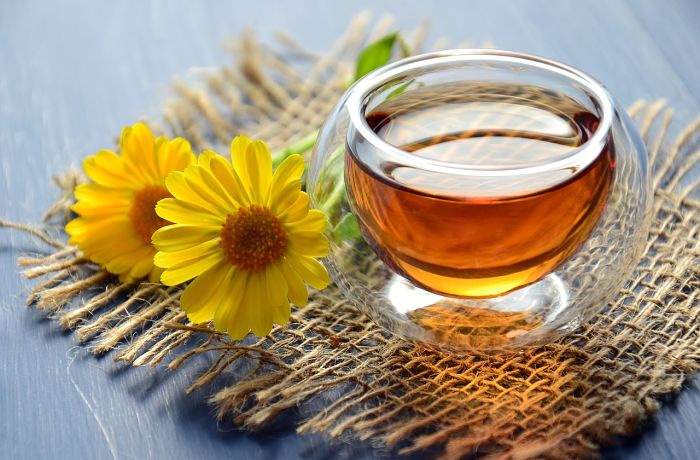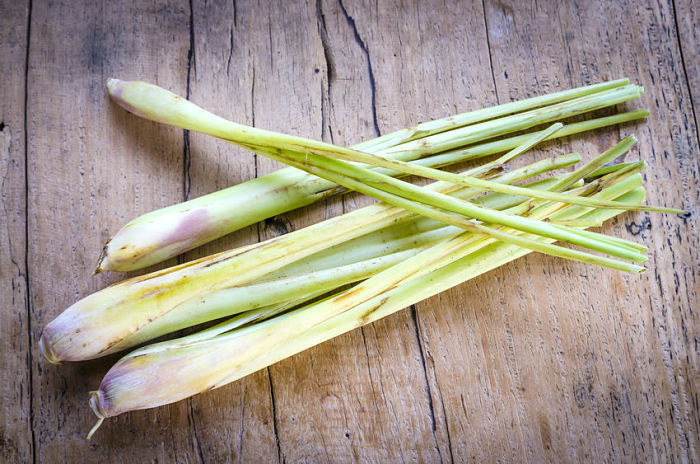Calendula tea: benefits and uses of this medicinal tea

Tea made from the dried flowers of calendula can help with digestive problems, inflammation or menstrual cramps. Read on to learn about the benefits of the infusion of dried calendula leaves.
Calendula is probably one of the best-known medicinal plants in the world. Most people know that calendula flower ointment is a great aid to wound healing. But also, for internal use, calendula is suitable. For example, for indigestion and inflammation.
The plant is a member of the daisy family and its bright orange flowers bring color to meadows and gardens from June to September.
Known as calendula officinalis, it is from the asteraceae or compound family, and presumably comes from the Atlas Mountains of North Africa. In Central Europe it has been cultivated since the 12th century as a medicinal plant.
Calendula tea benefits and components
The 2015 Indian Journal of Pharmaceutical Science & Research publications focused extensively on calendula as a medicinal plant and was able to demonstrate the following beneficial effects of calendula:
- It was tested against various bacterial and fungal strains and showed strong antimicrobial and antifungal properties.
- It was shown to help with wound healing both internally and externally. This applies to both open wounds and burns. In addition, this plant has an anti-inflammatory effect, in this way a rapid healing of the wound is ensured, which is why it is used mainly for its germicidal and anti-inflammatory properties.
- Calendula has antioxidant properties. This reduces oxidative stress and helps the body regenerate cells.
- Also, in the treatment of HIV, the medicinal plant could play a role in the future.
It is not yet 100% clear which components are actually responsible for each benefit. However, the main components include:
- Essential oils.
- Sugar molecules.
It is also known that there are other medicinal uses for this plant, the calendula ointment or cream has medicinal properties that help in skin treatments, as mentioned before, the anti-inflammatory properties it contains help to restore the epidermis and are also a powerful agent anti-inflammatory.
How to grow it in our home or garden
You can easily plant calendula yourself in your garden or on the balcony:
- The one-year-old plant needs a sunny spot and loose, humus-rich soil. From April to June, you can simply sow the seeds directly into the pot. It is best to loosen the soil first and cover the seeds with soil about one centimeter.
- Calendula is also ideal for various mixed crops, for example with vegetables such as squash, tomatoes, cucumbers. Strawberries and various herbs such as parsley, savory or nasturtium can also benefit from calendula as a neighbor.
- To make your own calendula tea, it is best to harvest the flowers on a sunny, dry day. Lay them on a towel or newspaper to dry. While the flowers are drying, you should avoid direct sunlight, otherwise the active components will be lost.
- You can keep the flowers airtight and dry, for example, in a glass, in a dark place for up to a year.
How to make calendula tea
Not only does calendula tea taste good, but the drink can also help you with several ailments:
- Swelling in the mouth and throat.
- Wounds in the mouth (say after dental treatment).
- Stomach ache.
- Bacterial infections in the gastrointestinal tract.
- Menstrual cramps.


